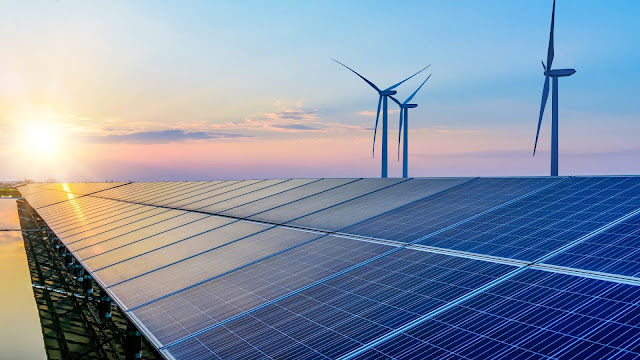Energy Retrofit Market Is Estimated To Witness High Growth Owing To Increasing Focus on Energy Efficiency
 |
| Energy Retrofit Market |
The global energy retrofit market is estimated to be valued at US$ 111.2 billion in 2022 and is expected to exhibit a CAGR of 5.1% over the forecast period 2023-2030, as highlighted in a new report published by Coherent Market Insights.
Market Overview:
Energy retrofit refers to the process of upgrading existing buildings or
facilities to improve their energy efficiency and reduce energy consumption. It
involves various measures such as installing energy-efficient lighting systems,
improving insulation, upgrading heating and cooling systems, and implementing
smart energy management systems. The need for energy retrofit products and
services is driven by the increasing focus on energy efficiency and
sustainability, as well as the rising energy costs. Energy retrofit solutions
offer several advantages such as reducing energy bills, improving indoor
comfort, extending the lifespan of building equipment, and reducing greenhouse
gas emissions.
Market Key Trends:
One key trend in the energy retrofit market is the adoption of smart energy
management systems. As buildings become more connected and intelligent, there
is a growing demand for advanced energy management solutions that allow users
to monitor and control their energy usage in real-time. These systems use
sensors, meters, and data analytics to optimize energy consumption, identify
energy-saving opportunities, and improve occupant comfort. Smart energy
management systems offer benefits such as increased energy efficiency, reduced
energy waste, improved system performance, and enhanced occupant satisfaction.
With the increasing focus on sustainability and energy conservation, the
adoption of smart energy management systems is expected to grow significantly
in the energy retrofit market.
Note:
Key players in the energy retrofit market include Carrier, Haier Group, Emerson
Electric Co., LG Electronics., Lennox International, Rheem Manufacturing
Company, Trane Technologies plc, Vishay Intertechnology, Inc., Acuity Brands
Lighting, Inc., Ideal Industries, Inc., Lumigrow, Hubbell, Constellation
Newenergy, Inc., Energy Systems Group, Cmt
PEST Analysis:
Political: The political factors that may affect the energy retrofit market
include government regulations and policies, political stability, and
geopolitical events. For example, government regulations promoting energy
efficiency and sustainability can drive the demand for energy retrofits. On the
other hand, political instability and conflicts in certain regions can disrupt
the market.
Economic: Economic factors, such as GDP growth, inflation, and disposable
income, can influence the demand for energy retrofit solutions. Economic growth
and rising disposable income levels can lead to increased spending on
energy-efficient upgrades. Additionally, energy cost fluctuations can also
impact the market, as higher energy prices may incentivize businesses and
consumers to invest in energy retrofits.
Social: Changing social attitudes towards sustainability and energy
conservation can significantly impact the energy retrofit market. Increasing
awareness about the environmental impact of energy consumption and the benefits
of energy efficiency can drive demand for retrofit solutions. Moreover,
demographic factors, such as urbanization and population growth, can also
affect the market as more people move to cities and require energy-efficient
buildings.
Technological: Technological advancements play a crucial role in the energy
retrofit market. Innovations in energy-efficient materials, smart building
technologies, and renewable energy solutions can drive the adoption of retrofit
solutions. Additionally, the integration of Internet of Things (IoT) and
artificial intelligence (AI) technologies in energy management systems can
provide new opportunities for energy retrofits.
Key Takeaways:
The global
energy retrofit market is expected to witness high growth, exhibiting a
CAGR of 5.1% over the forecast period of 2023-2030. This growth can be
attributed to increasing government regulations promoting energy efficiency and
sustainability, rising awareness about the environmental impact of energy
consumption, and advancements in energy-efficient technologies.
Read
More:



Comments
Post a Comment